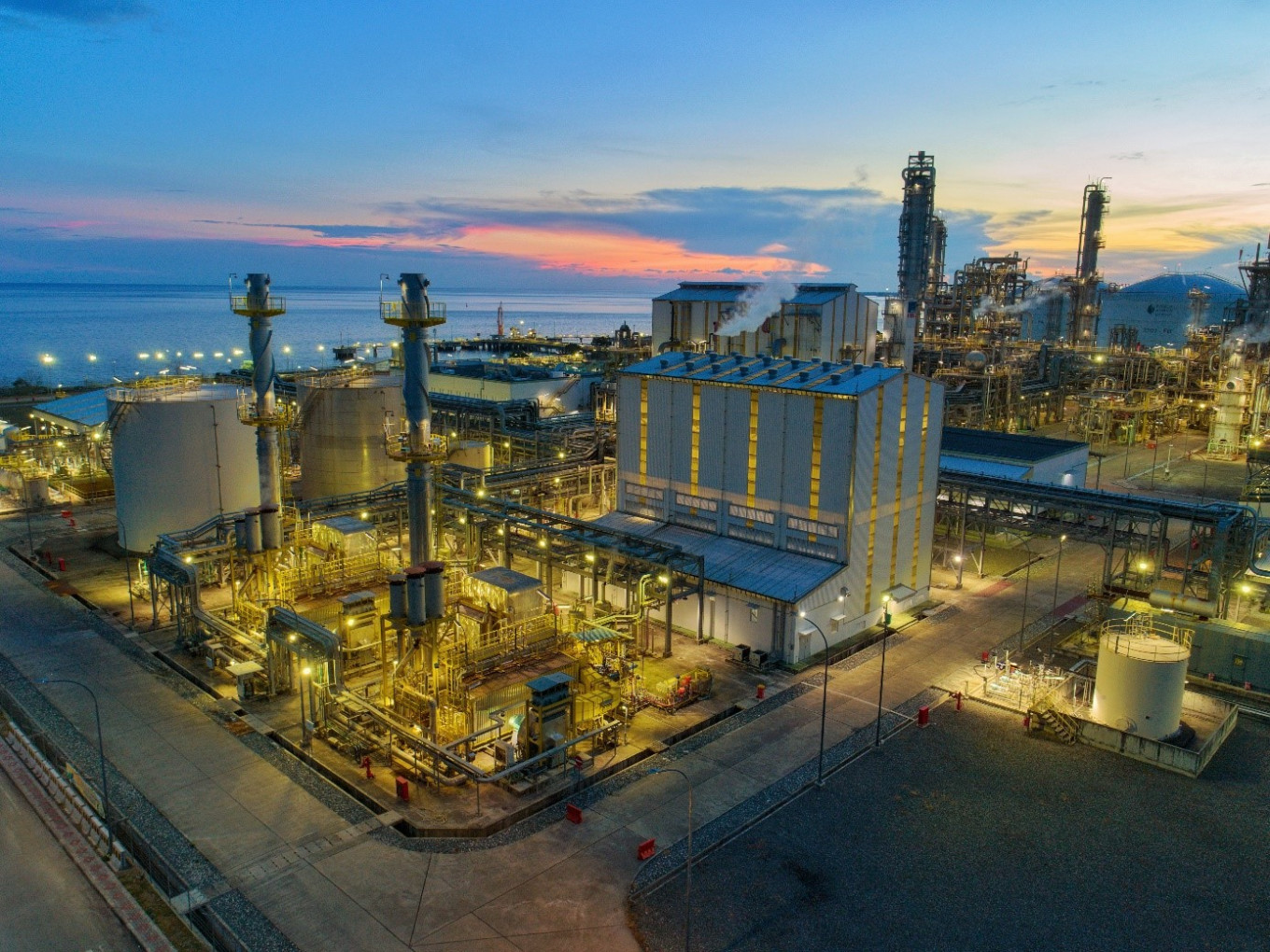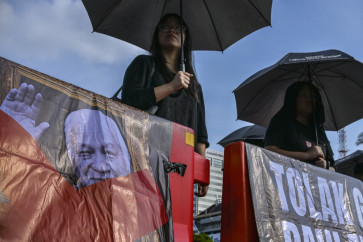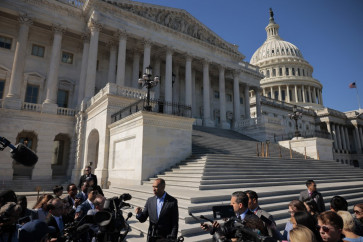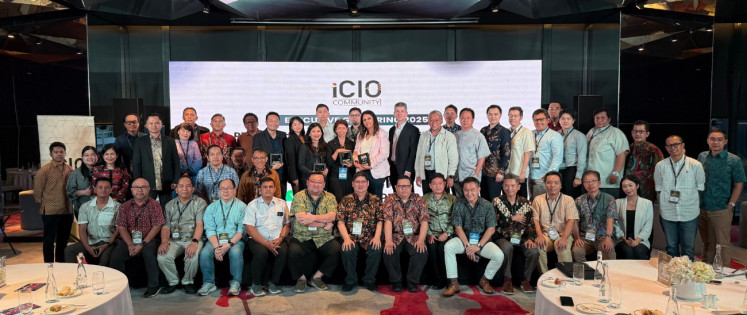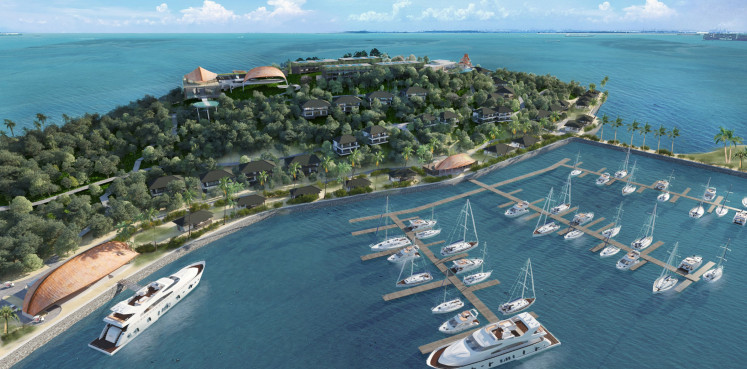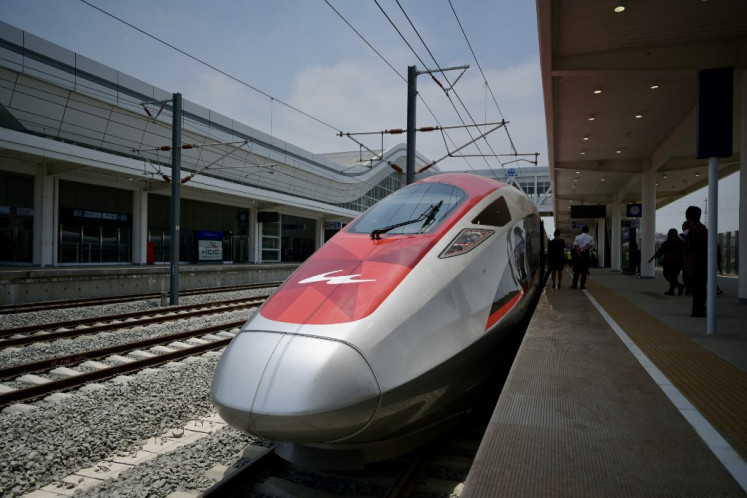Popular Reads
Top Results
Can't find what you're looking for?
View all search resultsPopular Reads
Top Results
Can't find what you're looking for?
View all search resultsESSA Records Highest Ever Revenue with Rise in Ammonia Prices
Change text size
Gift Premium Articles
to Anyone
P
T Surya Esa Perkasa Tbk (ESSA), a publicly listed company operating one of the largest Ammonia plant and LPG refinery in Indonesia, released its consolidated financial statements for the first half of the year, which ended on June 30, 2022.
ESSA operates in the Energy and Chemical sectors through its Liquefied Petroleum Gas (LPG) refinery with a nameplate capacity of 174 metric tons per day (MTPD) and Ammonia plant with a nameplate capacity of 1,900 MTPD, reported its highest revenue ever of US$351 million, up 153 percent year-on-year (yoy). ESSA continues to operate the plants above nameplate capacity in the first half of this year.
Meanwhile, its Earnings before interest, taxes, depreciation and amortization (EBITDA) increased by 183 percent yoy to $171 million, attributed to the company’s robust operations as well as favorable market conditions.
In a statement, ESSA’s President Director, Vinod Laroya said the company’s stellar earnings were driven by consistent operational excellence supported by the higher Ammonia and LPG prices.
“ESSA has utilized the higher cash generated to deleverage, leading to a stronger balance sheet with the debt-to-equity ratio at 1.1. Going forward, we remain optimistic about new growth opportunities in the gas-downstream industries,” he said.
Laroya also highlighted the emerging Blue Ammonia, which has been touted as an alternative to low-carbon fuel in line with increasing concerns for global sustainability.
ESSA is the first company globally to utilize KBR Reforming Exchanger System and Purifier Technology. In line with its commitment to stay focused on clean energy, the company is currently conducting a feasibility study to produce Blue Ammonia with JOGMEC, Mitsubishi Corporation and the Bandung Institute of Technology (ITB).
“Through the Blue Ammonia commitment, ESSA paves the way for Indonesia to be at the forefront of providing the fuel for the future.”
ESSA is one of the biggest players in the merchant Ammonia market, where the company’s Ammonia is used in the production of downstream chemical products such as nylon, resin, acrylic fiber, nitric acid, caprolactam, acrylonitrile and soda ash/sodium carbonate for the automotive, glass, detergent and MSG industries.
Ammonia prices are cyclical in nature and started an upward trend from the beginning of 2021 after witnessing decade-low prices in 2020 with the expectation of global recovery after the COVID-19 pandemic.
The dynamics of Ammonia prices in 2021 and 2022 have been unprecedented, as all records of the maximum level of ammonia prices have been breached and are expected to remain elevated in the near term.
ESSA’s Ammonia realized prices have soared by 145 percent yoy to US$ 908/MT, while LPG prices have risen 50 percent yoy to US$ 821/MT for the first half of the year.
The rise in Ammonia prices in the US and Europe was driven by increased post-pandemic demand from the fourth quarter of 2021. With further gas supply constraints in Europe, prices have remained elevated with a knock-on effect on ammonia production cost. Meanwhile, Ammonia prices in Asia have stabilized at a higher level of around $1,000/MT, in line with global prices.
Further, the Ammonia-as-a-fuel concept has created a new market for low-carbon Ammonia. Japan has committed to take 2 million tons of Blue ammonia by 2025, increasing it to 5 million tons by 2030.
Considering the current under investment in Ammonia production capacity on one side and new avenues of demand on the other, Ammonia prices are expected to remain high in the future.

